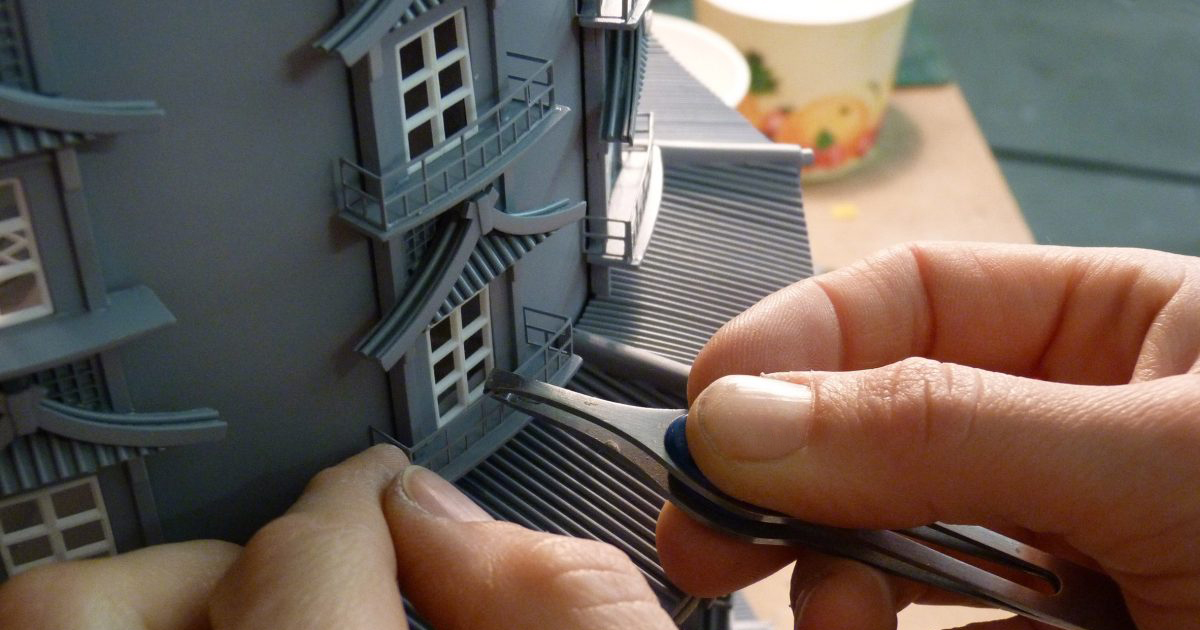Have you got awesome architectural drawings to share? If so, we want to hear from you: Register for the One Drawing Challenge for a chance to win $2,500!
Gardens bring architecture to life. Indoor and tiny gardens come with many benefits, from helping building occupants to breathe easier and sharpen their focus, to improving mental health and purifying the air. These spaces can also provide fresh and local produce while promoting independent and sustainable lifestyles.
If you have access to a light shelf, balcony or patio, you can grow produce and herbs, even in a city. Tiny gardens fit a range of programs and project sizes, and in turn, can transform many different types of spaces. As a simple way to enhance everyday living and workplaces, these quiet gardens become a small oasis. The following tips outline design ideas and showcase examples that are making room for plants through tiny gardens.
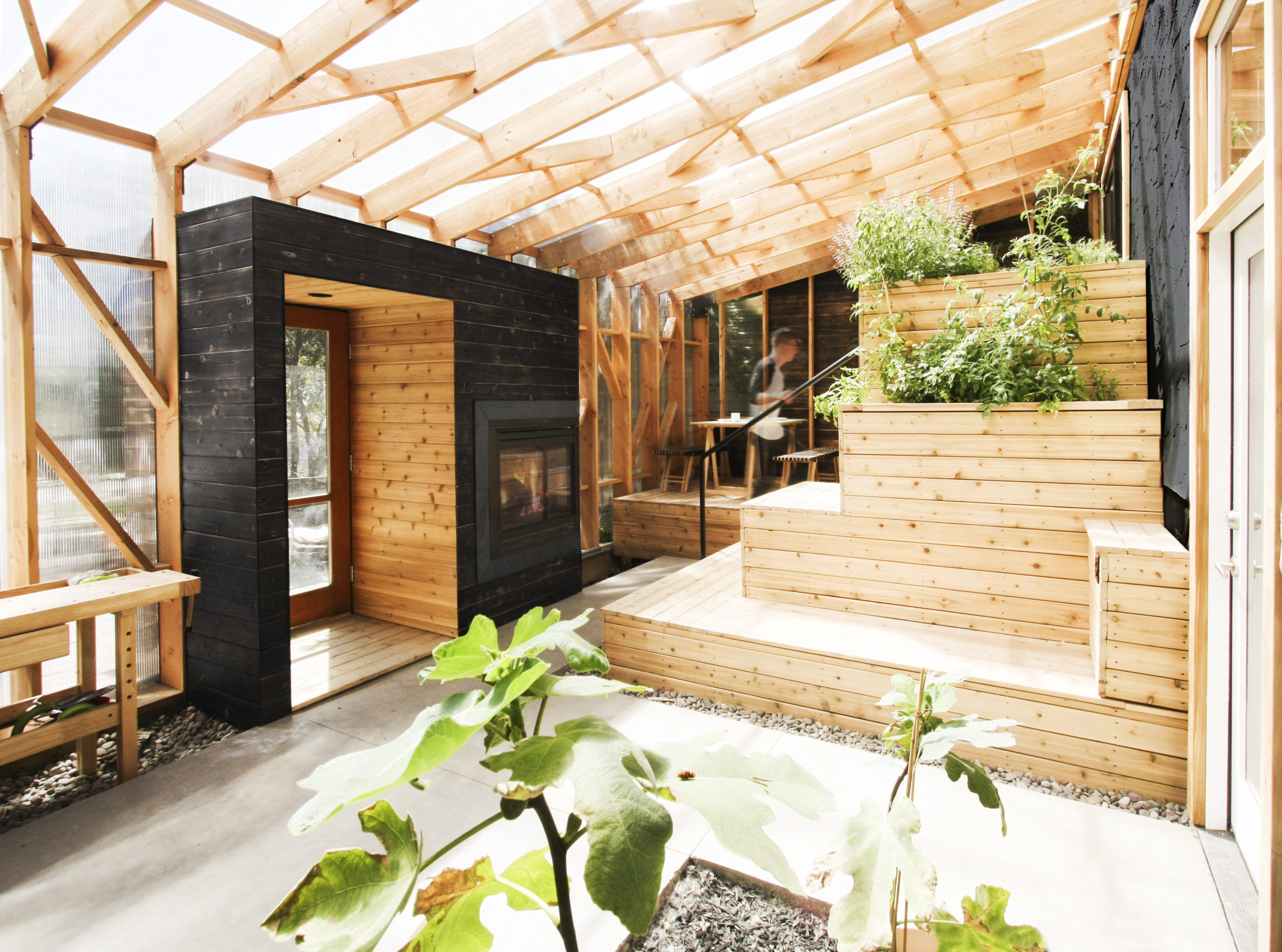
Homeaway by Studio North
Embrace Furniture & Flora
While most tiny gardens take the form of a courtyard or rooftop, a garden can be as simple as a shelf or sloping surface, especially in a backyard space. You can create a focal point and an outdoor room to gather. Fit-for-purpose garden furniture is a great way to achieve this, and you can select the furniture based on what you’d like to do in your space.
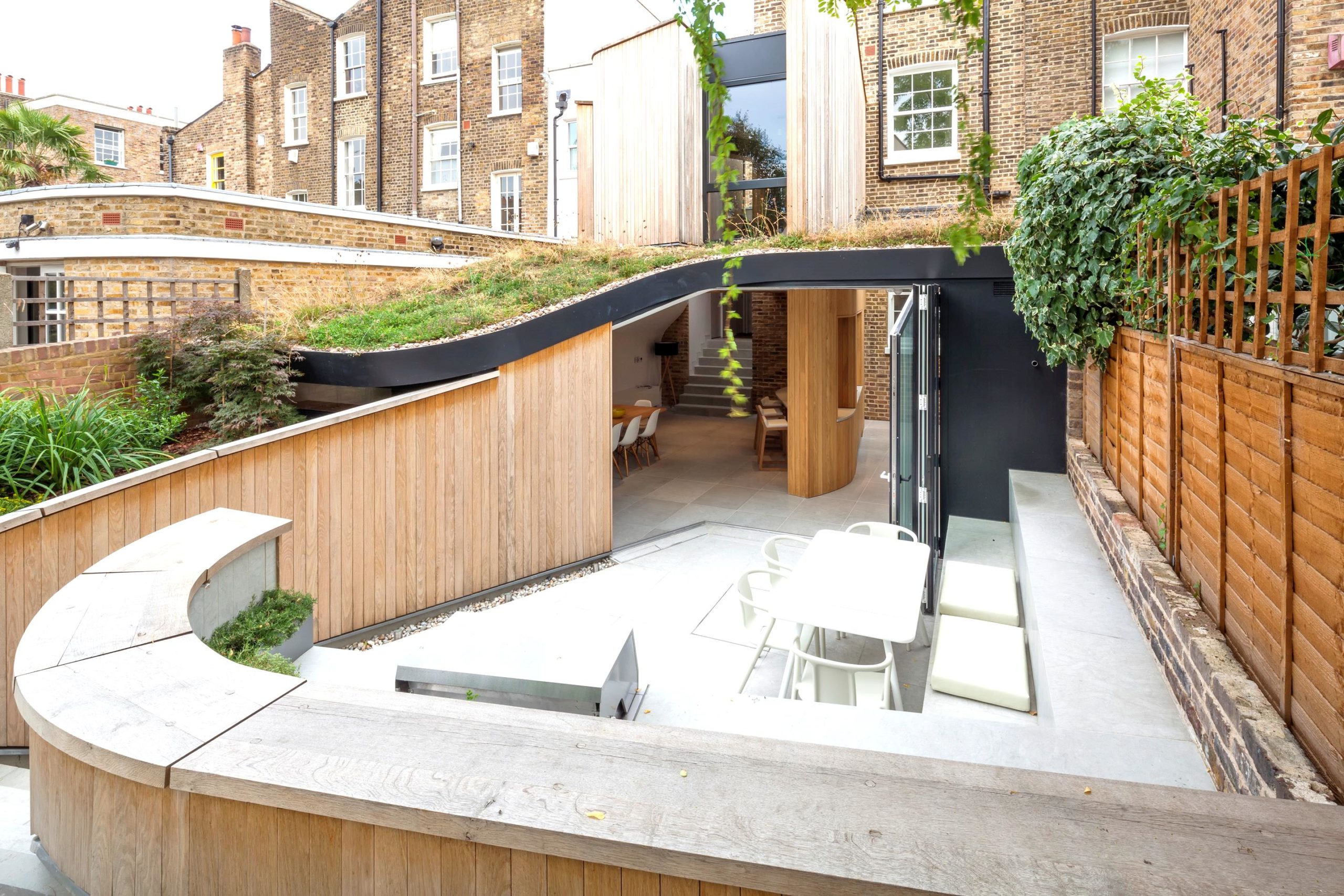
De Beauvoir House by Scott Architects
In the De Beauvoir House, the form of the new extension has evolved from the language of the site: its gardens, its brickwork and its neighboring buildings. The interiors are expressed as a series of fluid surfaces and flowing spaces that weave through the home, leading towards a rear garden that gently extends over the dining room as a green roof of wildflowers. This is a space where flora and furniture come together.
Use Your Walls
You can bring a space to life with a vertical garden. Green walls are partially or completely covered in vegetation, and a carefully planned and executed growing medium is the backbone of any green wall. They may be referred to as living walls, vertical gardens and eco walls. If you have a small space to work with, a great solution can be stacking your garden and selecting plants that naturally grow upwards. Think vines and hanging baskets, as well as plants that trail.
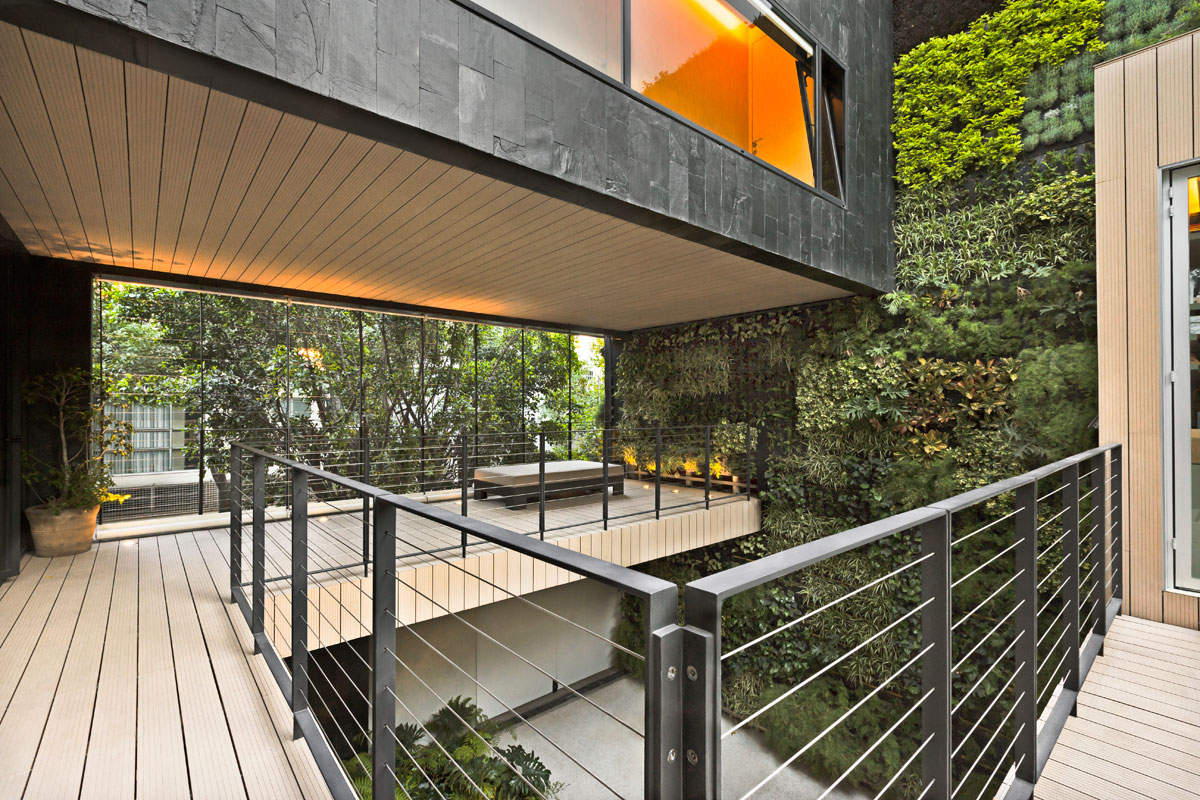
Casa CorManca by Paul Cremoux Studio

Villa Jardín by ASP Arquitectura Sergio Portillo
Vertical gardens can create accent and living walls, and you can also find the right plant stands or trellises for climbing plants. Vertical gardens are often used as an easy addition to a living room, balcony or kitchen. Garden walls can be categorized into three types of common systems: panel/modular systems, tray systems and freestanding walls. A sound understanding of all three types will help you identity which one is best-suited for the scope of your project. Explore our Guide to Green Walls as you look to specify these in your design.
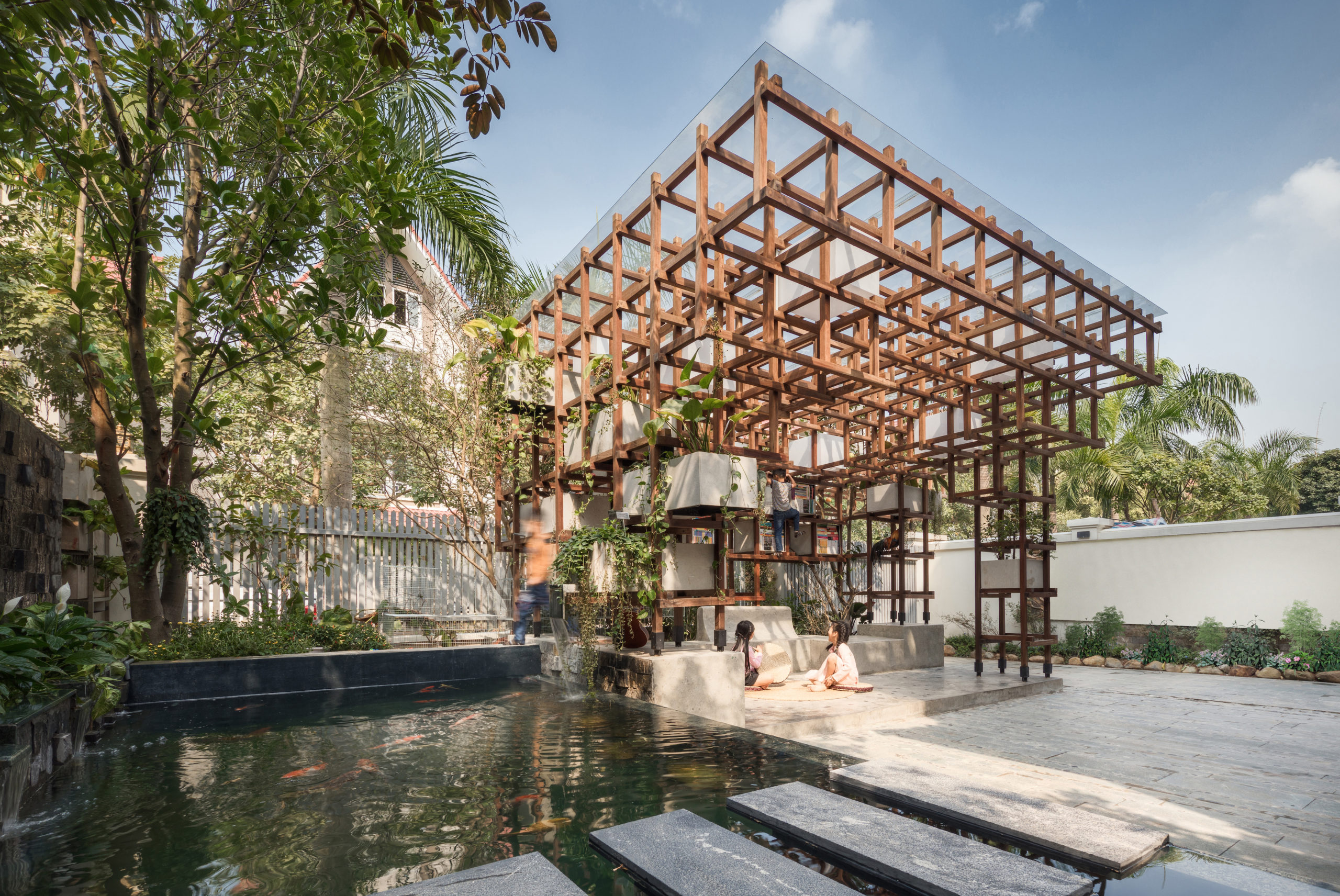
VAC-Library by Farming Architects
Build a Framework
Consider indoor-outdoor functionality when laying out the design for a tiny garden. Architects and interior designers will often use larger frameworks or fixtures that become spatial, both denoting the space and giving room for plants to grow. A framework can celebrate the openness of a façade and allow the building to incorporate the surrounding natural environment into the interior climate.

VAC-Library by Farming Architects
In the VAC Library by Farming Architects, the team was inspired by integrated production systems with three components: horticulture, aquaculture & animal husbandry. By re-designing the VAC system to be implemented in an urban area, the aim is not only to produce an effective use of natural resources but also experiment in using different types of plants in urban environments.
Take it to the Roof
The last few decades have seen a tremendous surge in green roofs and rooftop gardens. A building can be designed with a green garden structure that helps to cool the inside and reduce heat transfer. A rooftop garden can also provide fresh and available food for daily meals, bringing an agricultural lifestyle that is developed in parallel with urbanization.
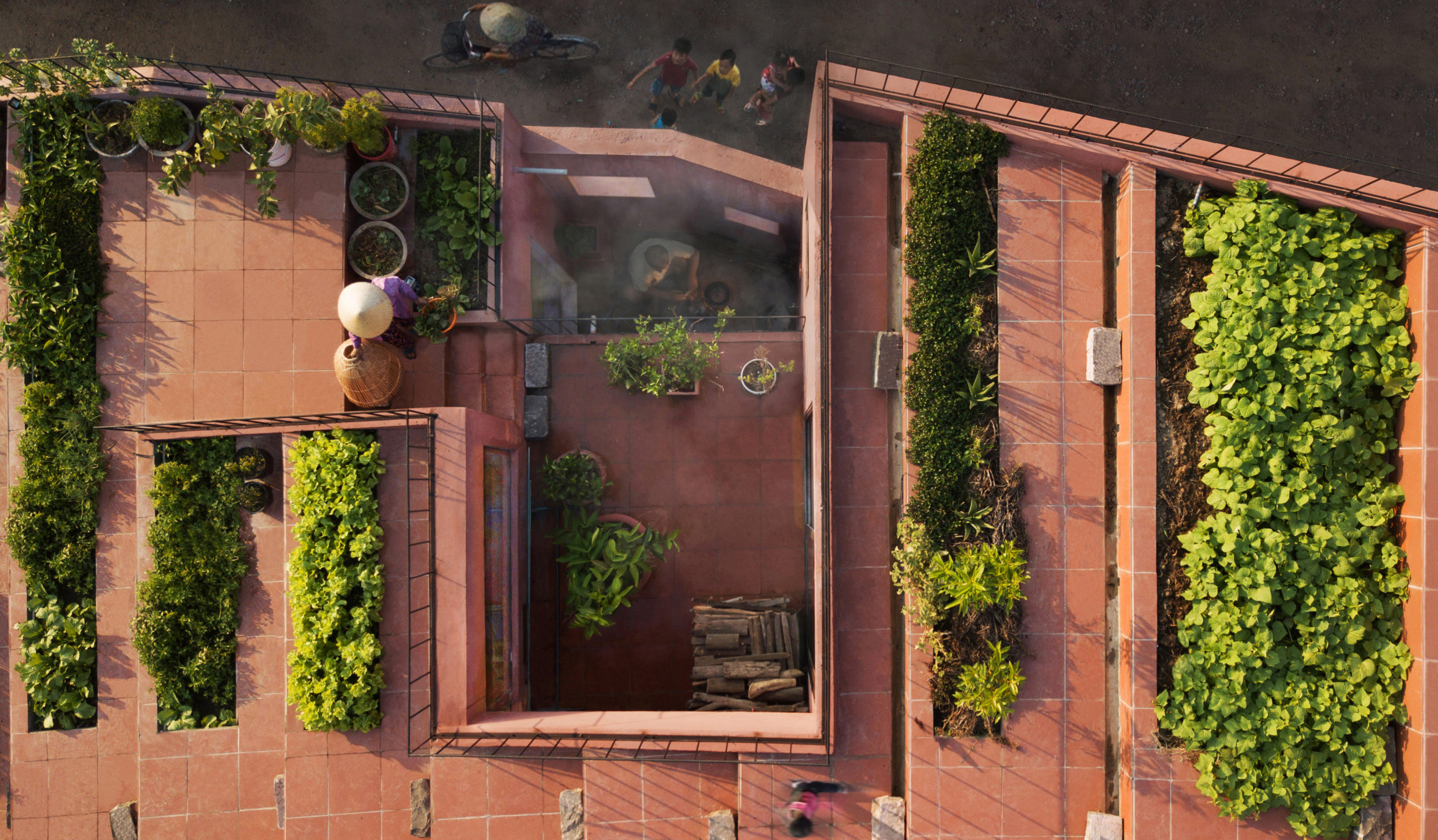
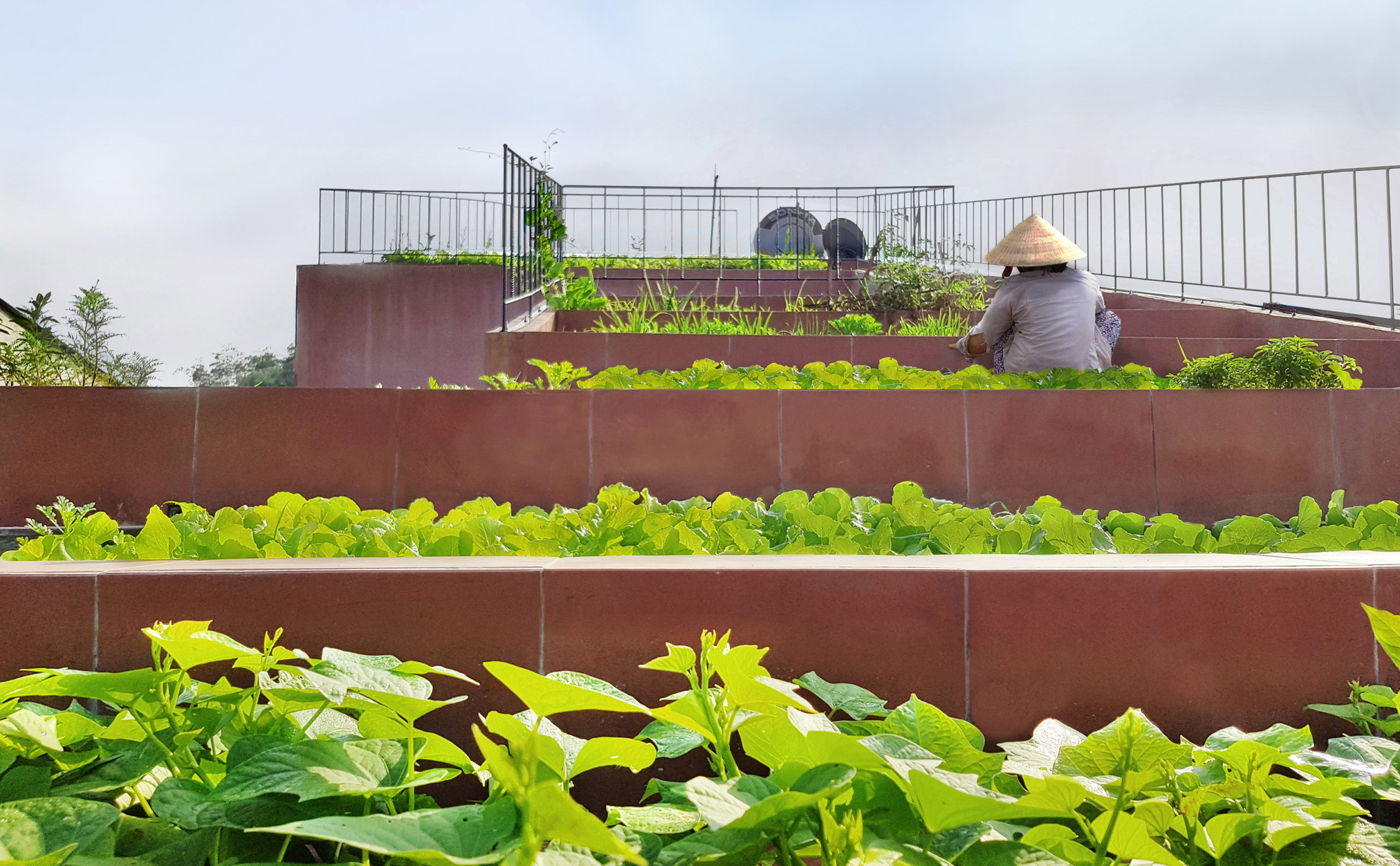
Red Roof House by TAA Design
In TAA Design’s stepped Red Roof House, the design takes inspiration from the vegetable gardens and multi-purpose playgrounds that have become the soul of houses in the village. Instead of having a large yard, the team created many courtyards with different heights. The rooftop garden is adjacent to the courtyard of the mezzanine floor, creating a playground and vegetable garden that connects from the roof to the ground floor.
Switch Up Materials
A key element to tiny gardens are the materials you choose, both for the plants and the space around them. You can make a balcony or small garden feel like an extension of a living area by simply using materials that tie the spaces together. This includes elements of an indoor garden that are made of materials which can be moved inside and out.
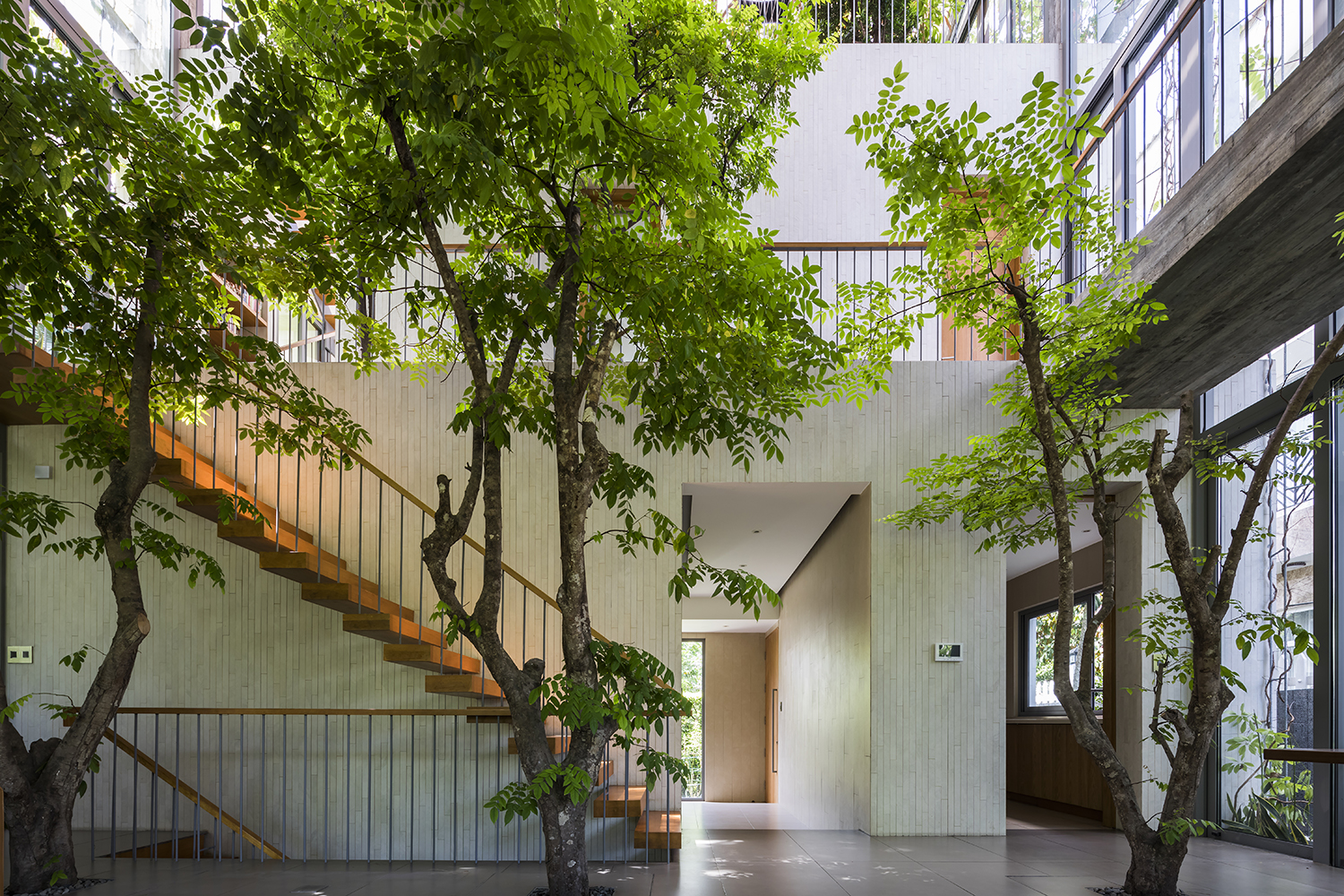
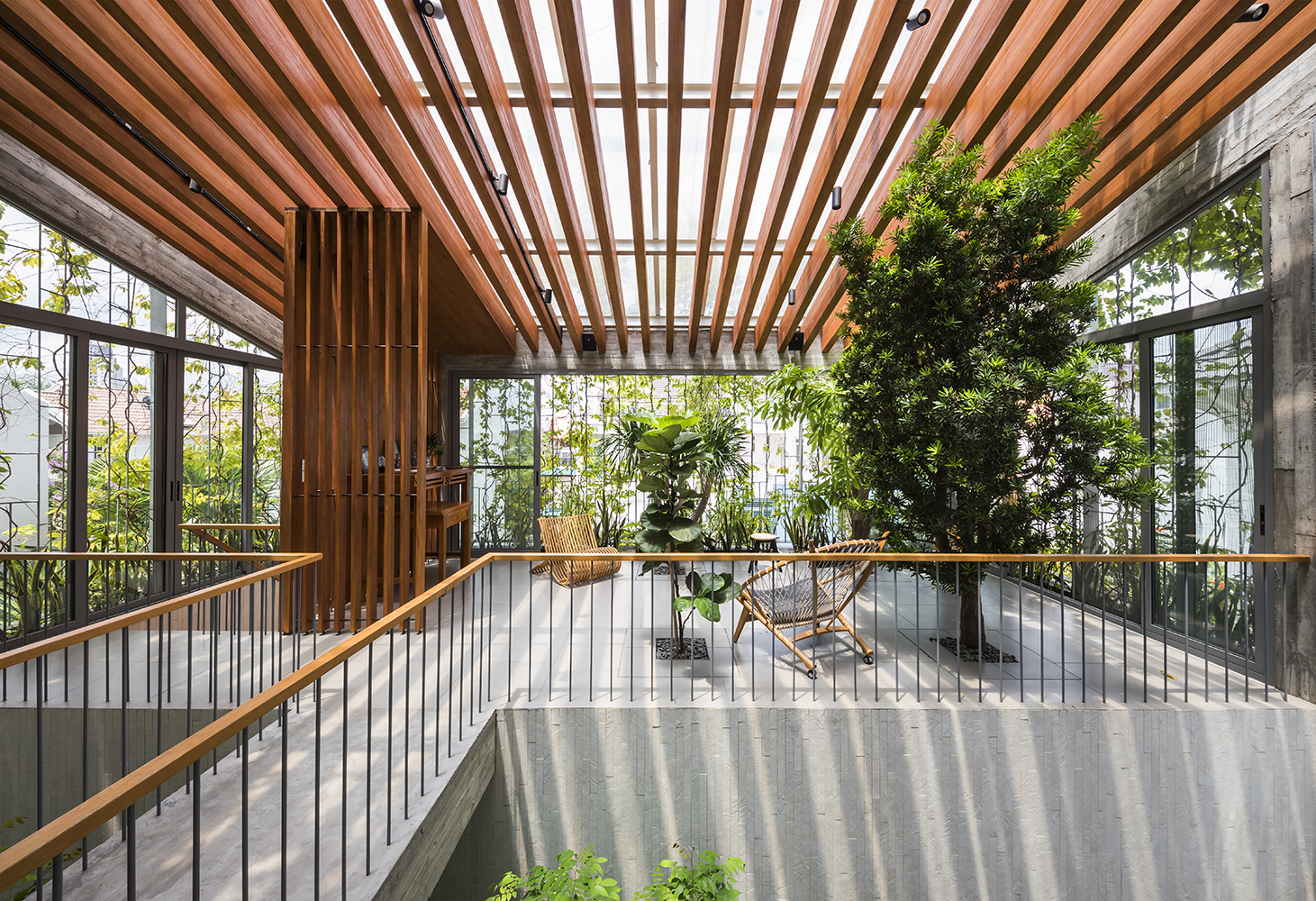
Stepping Park House by Vo Trong Nghia Architects
In Vo Trong Nghia’s elegant Stepping Park House, a large void was created by cutting the volume through the three floors, in the diagonal direction of the section. On the ground floor, the void serves as living room, open to the park; on the top floor as a green covered family room.
The façade surrounding the void is covered with ivy plants. The void incorporates both circulation elements and natural elements like plants and trees, providing the private rooms with additional natural light. Planting trees in the openings blocks direct sunlight, cools the wind and brightens up the interior space with green.
Have you got awesome architectural drawings to share? If so, we want to hear from you: Register for the One Drawing Challenge for a chance to win $2,500!
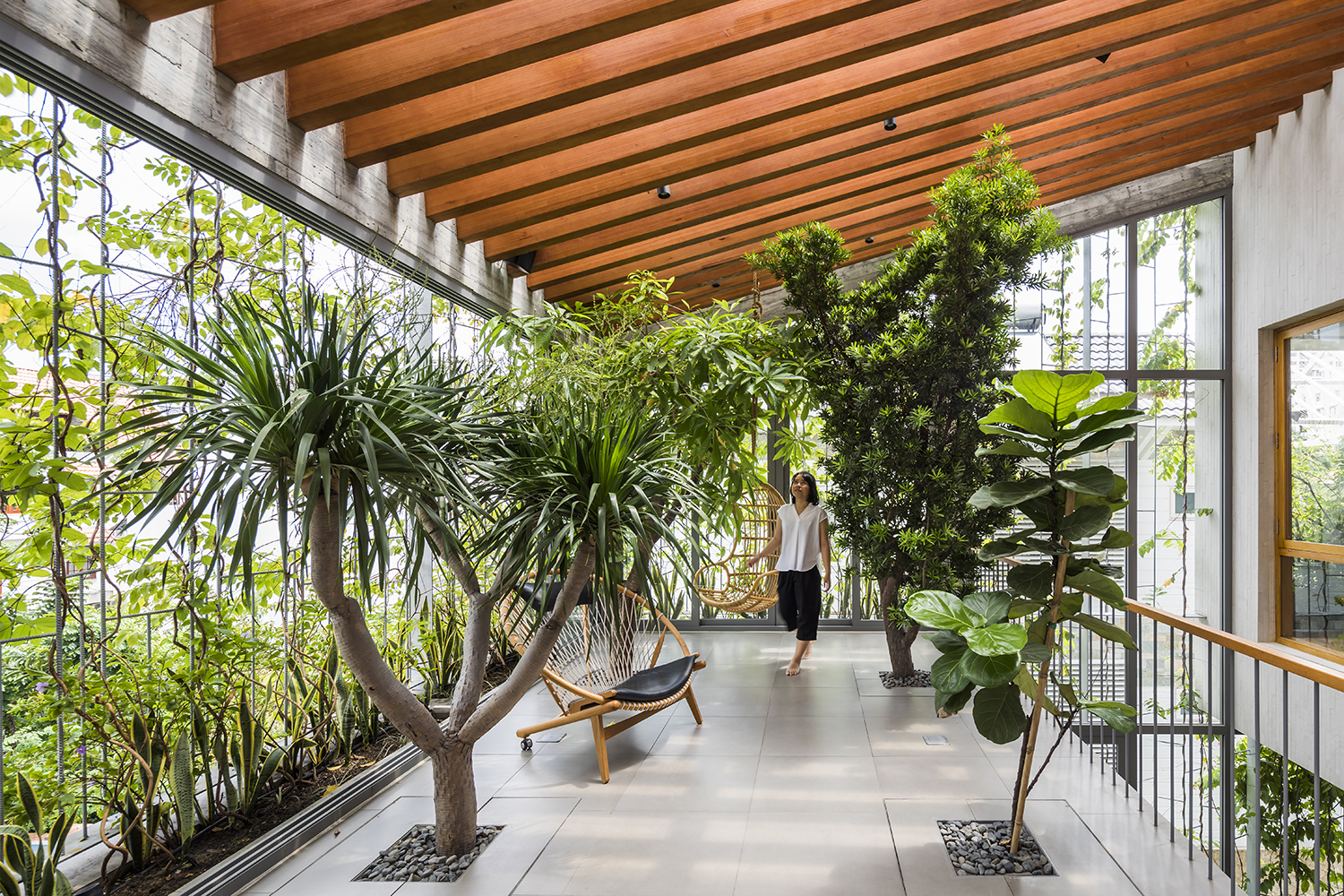





 De Beauvoir House
De Beauvoir House  Stepping Park House
Stepping Park House  VAC-LIBRARY
VAC-LIBRARY 